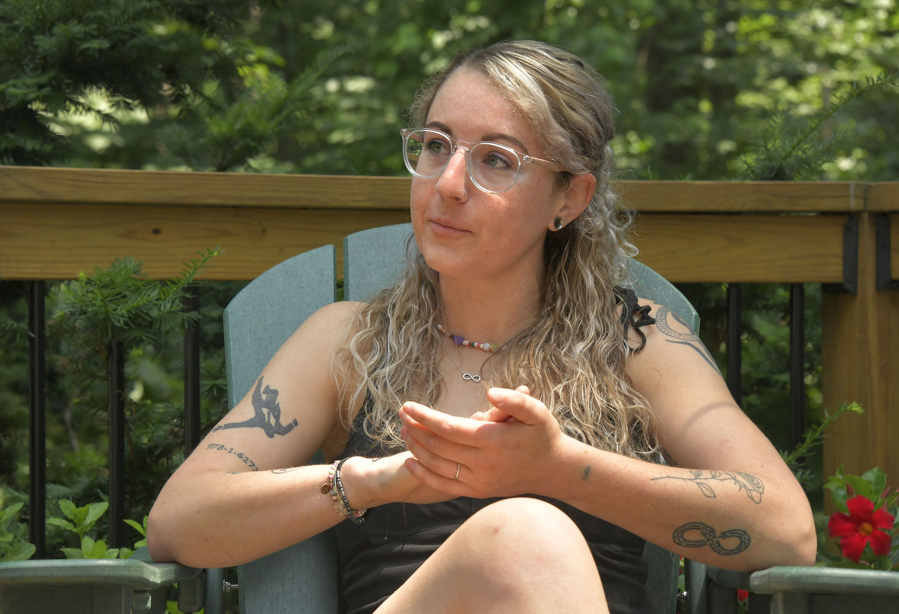BALTIMORE — Capital Gazette photographer Paul Gillespie begins the workday in a dimly lit home office cluttered with mementos of career milestones and the people he’s lost. On this June morning, much weighs on his mind.
“I feel alone,” said Gillespie, 53.
His father died in 2008, followed by his mother in 2014, then his brother in 2017. Despite that grief, he found family and purpose in his work.
But that was almost ripped away, too.
Wednesday will mark five years since a man armed with a shotgun and a grievance fired his way into the Annapolis newsroom of the Capital Gazette, fatally shooting five of Gillespie’s co-workers: Gerald Fischman, Rob Hiaasen, John McNamara, Rebecca Smith and Wendi Winters. Gillespie was one of six people in the office that day to survive the mass shooting, fleeing from beneath his desk during a lull in gunfire, narrowly avoiding a blast of buckshot as he escaped.
Over those five years, Annapolis mourned those killed in the deadliest attack on an American newsroom and family members marked milestones without them. Officials built memorials to honor the dead. The gunman’s grueling court case concluded with him serving life in prison. Victims families and survivors settled a lawsuit against the news organization’s parent companies, The Baltimore Sun and Tribune Publishing.



